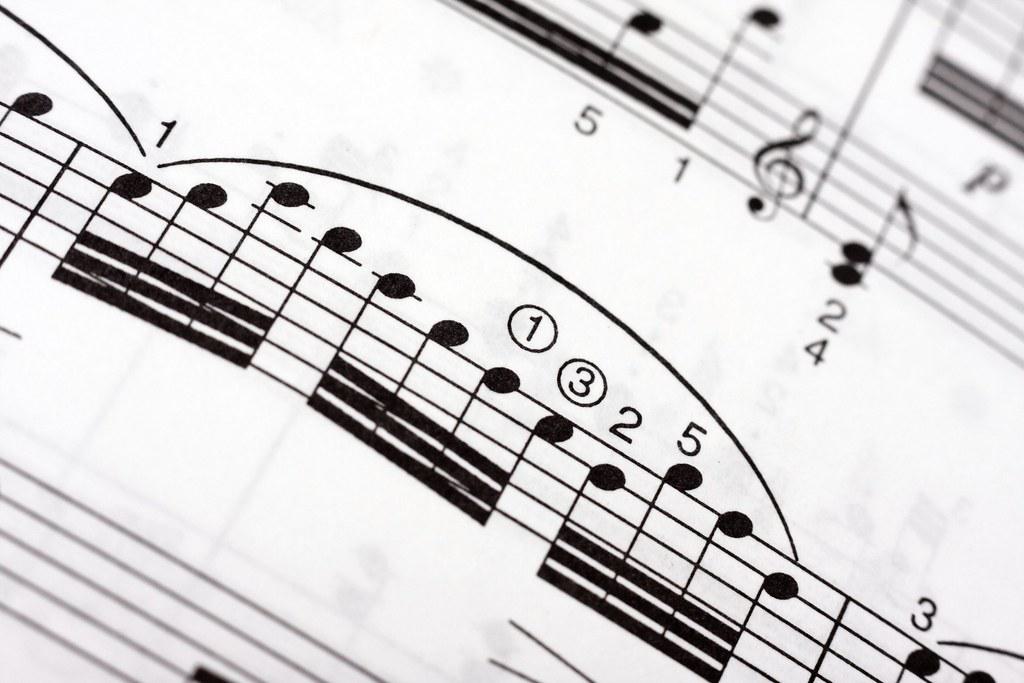Everyone knows the importance of popular playlists – they are the go-to destination for discovering new music, sharing tunes with friends, or just vibing out to your favorite songs. But what goes on behind the scenes of carefully-crafted playlists? How do curators decide which tunes to include, shaping the sound of popular playlists? It’s time to pull back the curtain and discover how curators influence the soundscape with each new playlist.
1. Exploring the Role of the Music Curator
As our music consumption habits continue to evolve, the role of the music curator lies in both curating new music and bringing the past to the present. Through collecting the best of music, past and present, and bringing it to its audience, curators help shape our understanding of the genre’s evolution and inspire new works of music.
The work of a curator involves:
- Exploring music from multiple genres and time periods: From pop, rock, and jazz to classical and hip-hop, curators need to be knowledgeable about a variety of music to bring up-and-coming music and classic anthems to the spotlight.
- Connecting music to its audience: It’s one thing for the curator to select the music they like, but connecting the listener and artist is just as important. It’s the curator’s job to make sure the audience not only understands the music, but that it’s embedded into their lives.
- Keeping up with music trends: Music curators need to stay up-to-date on the latest trends in order to find the best new music. Trends in technology and social media can also provide good indicators of the direction of the music scene.
The importance of the music curator is undeniable. As the ears of the industry, their role is essential in keeping the music alive for generations to come. By understanding the genre’s shifts and staying ahead of the game, curators can help ensure that music is always staying fresh and relevant.

2. The Impact of Music Curators on Playlist Popularity
The role of music curators has become increasingly important in recent years. With increasingly vast libraries of music out there, curators help bring to the forefront those songs that are most popular, and even have the ability to influence new music trends.
Music curators create powerful playlists that reflect current popular trends, identifying potential hit songs and promoting them. This helps streamline the process for consumers who don’t have the time or energy to search through vast libraries of music to find what they want to listen to. By giving listeners easy access to popular songs, curators make it easier for them to form an opinion on what is “hot” and what isn’t.
In addition, they also shape the music trending by making sure that they are introducing new music on their platforms. Through the use of these curators, listeners get to be exposed to music they wouldn’t have heard otherwise and music trends become more accessible.
- Music curators create powerful playlists that reflect current popular trends.
- They help streamline the process for consumers that don’t have the time or energy to search through vast libraries of music.
- They shape the music trending by introducing new music on their platforms.

3. Investigating the Technique Behind Music Selection
Many people consider music selection one of the most important pieces of any DJ’s set. To strike the right note, DJs have to get into the groove of their audience and be in tune with the environment. Whether you’re spinning for sweaty house trailblazers or laidback café loungers, your music selection can set the tone. Therefore, it’s important to have the knowledge and skills necessary to do this.
That said, getting into the ’skill-set‘ of selecting music essentially involves investigating the technique. It’s about understanding what type of music to play depending on the context, things like tempo, energy, genre, key, etc. It’s also about understanding what type of records match:
- Which records will bring down the tempo, and which ones will help build it?
- Which ones have the correct ‘space’ to mix into?
- Which ones match the flow of the peaktime moments?
- Which records sit well beneath other featured elements, like vocals and live instruments?
The investigation requires research, study, and practice. Becoming adept at selecting music is not something that happens overnight, but with intentional focus and dedication, it can become a very rewarding skill.

4. Emphasizing the Significance of Music Curators
Music curators play a crucial role in the music industry. They serve as a bridge between the artist and their audience, connecting fans with the style of music they love. Here are some important reasons why effective curation is so important:
- Curation Allows Music To Reach New Listeners – Music curators are responsible for seeking out new and exciting music, helping to broaden the reach of a musician’s fanbase. Curation allows music to move beyond its existing fan base and to reach new listeners.
- Curation Drives Music Sales – Music curators have the ability to influence and shape the music industry, by selecting and promoting what they believe to be the best music. This helps to drive music sales, as curators often have significant sway in the industry.
- Curation Enhances Discovery – With the increase in the number of streaming services, curation plays an important role in helping listeners discover new music. By personalizing content, curators can introduce listeners to new artists and genres that they may not otherwise have found.
Overall, music curation is essential for the contemporary music industry. It provides an important bridge between artists and their audiences, driving music sales and enhancing discovery for listeners.
As music streaming continues to grow, curators play an increasingly invaluable role in shaping the sound of popular playlists. Understanding the selection processes they use allows us to gain insight into the magic behind the scenes that makes playlists the perfect soundtrack for our everyday lives.

